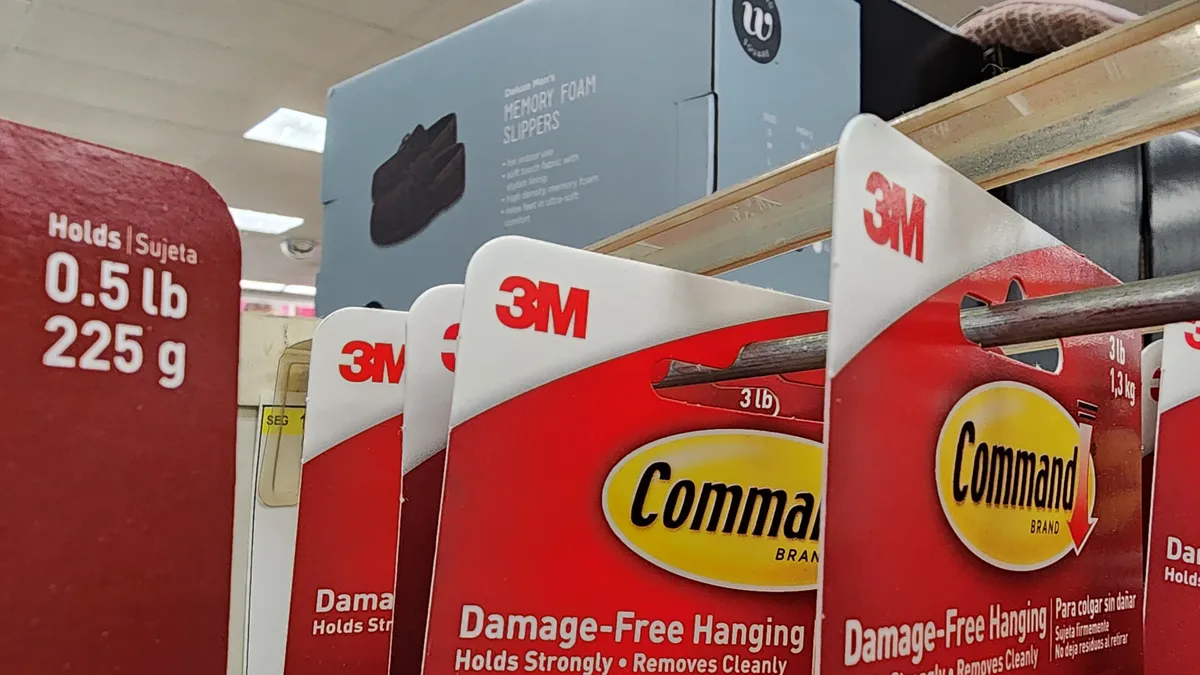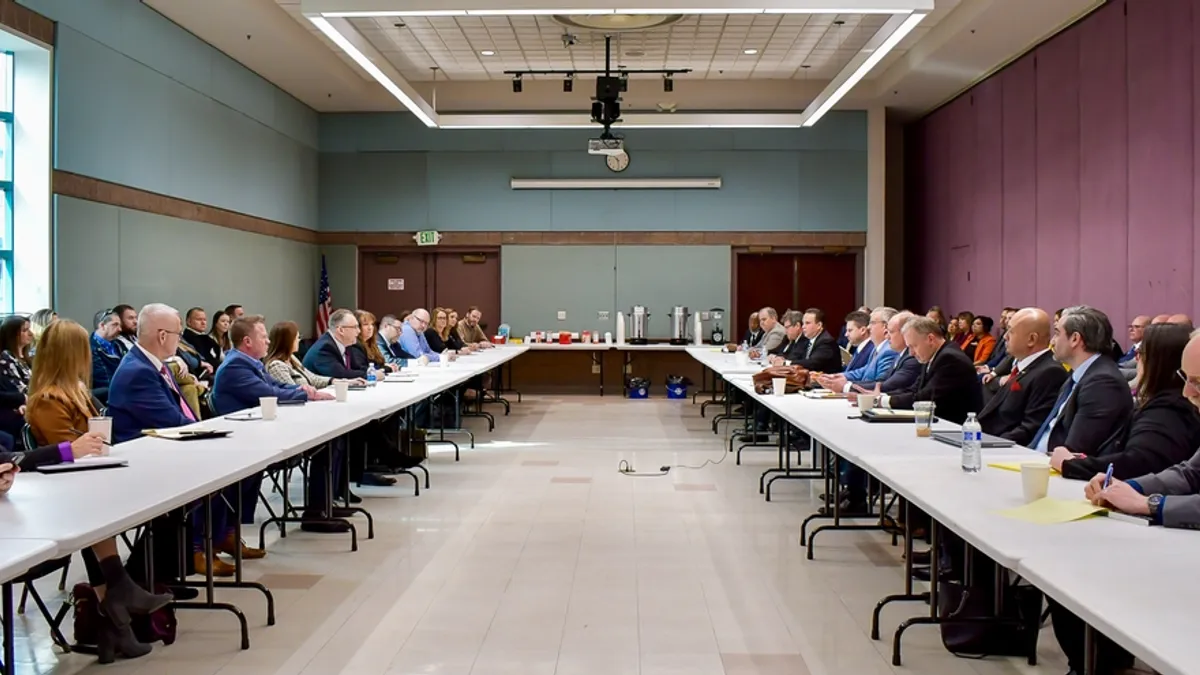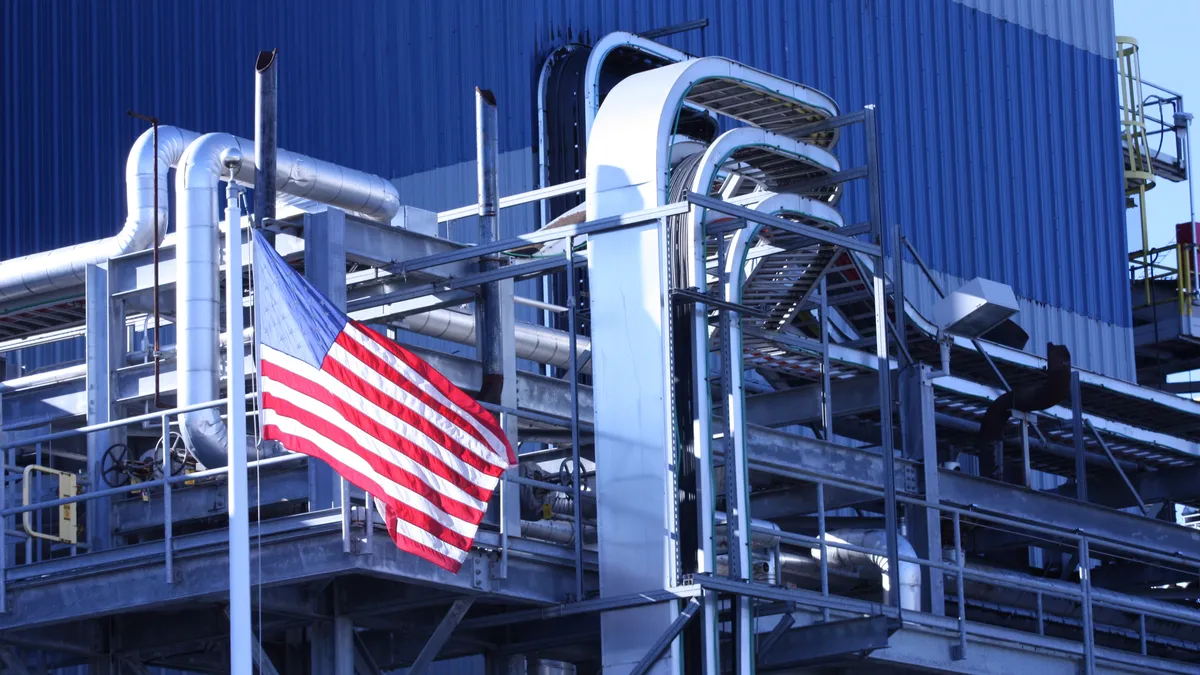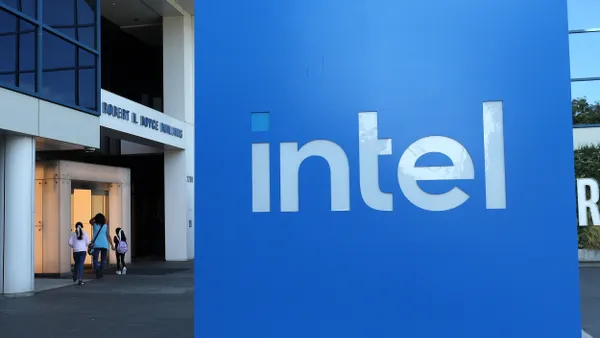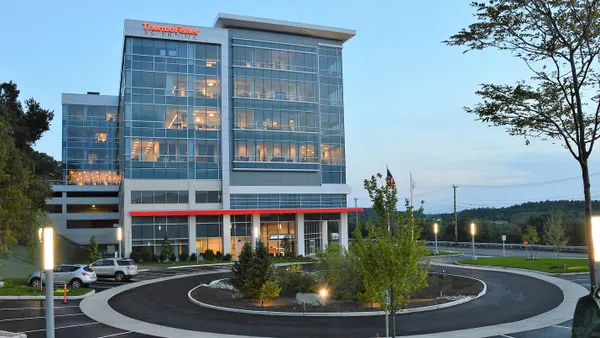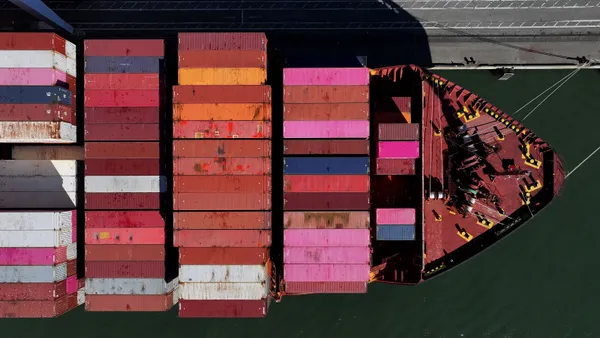Dive Brief:
- 3M expects to incur $850 million in tariff-related expenses this year if it takes no mitigation actions, EVP and CFO Anurag Maheshwari said in an earnings call Tuesday.
- China-related tariffs, both from the U.S. and retaliatory measures, are expected to cost the company $675 million in 2025. The country accounts for 10% of 3M’s imports and just above 10% of exports, the CFO said.
- The other $175 million in costs are expected to come from products not exempt under the U.S.-Mexico-Canada Agreement, in addition to steel, aluminum and other reciprocal tariffs.
Dive Insight:
3M’s U.S. exports total $4.1 billion, while it imports $1.6 billion in products. The manufacturer expects to temporarily alleviate the brunt of the initial tariff impacts, given that it typically carries 90 days of inventory, helping lower the financial toll of the tariffs to $400 million this year.
Still, if the tariffs continue and the company depletes its inventory by the end of June, 3M will start to feel the impact on imports in the second half of the year, Maheshwari said.
But the company is not pausing orders or shipments at this time, Maheshwari added.
“Tariffs are going to be a headwind this year, but we thought it would be prudent to hold the impact outside of our full year guidance while we digest the new policies and fully develop and qualify mitigation plans,” Chairman and CEO Bill Brown told analysts.
The company is developing and evaluating ideas to adjust its product sourcing and logistics to mitigate part of the levies' burden, Brown added. The chemical maker has 110 manufacturing factories and 88 distribution centers worldwide, which enables 3M the flexibility of moving assets across its network, he said.
Furthermore, 50 factories are located in the U.S., as well as a “big chunk” of its supply base, and a substantial amount of 3M’s research and development is conducted domestically. The sites will enable the company to change its source of supply fairly quickly, as 3M can adjust its trade and logistics flows and leverage more bonded facilities and free-trade zones.
“We’re optimizing where value-add occurs across our network, so where we might have been shipping a finished good, we may now ship a semi-finished good and do finishing in a different market, different country,” Brown said. “We’re looking at alternative production sites with different countries of origin to try to optimize the network and minimize the tariff impact on our business.”
Additionally, 3M will negotiate with its customers on price adjustments and is assessing its expenses to potentially make cuts while also protecting its growth investments, Brown said.
“It’s a very discrete analysis, and it’s really helping us get into sort of the bowels, if you will, of how we actually run the business, so it’s pointing out some good opportunity to do some things differently and better,” Brown said.



